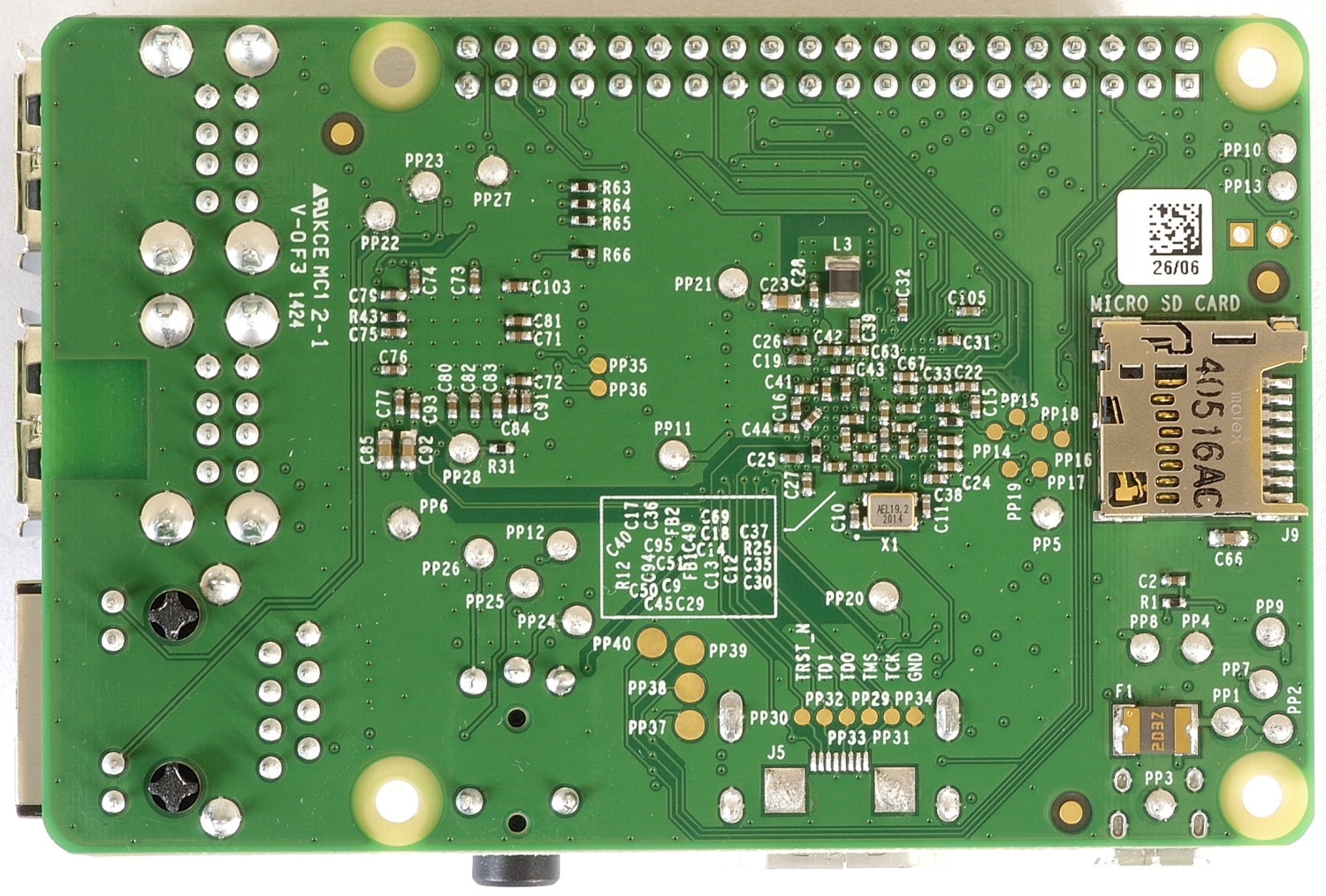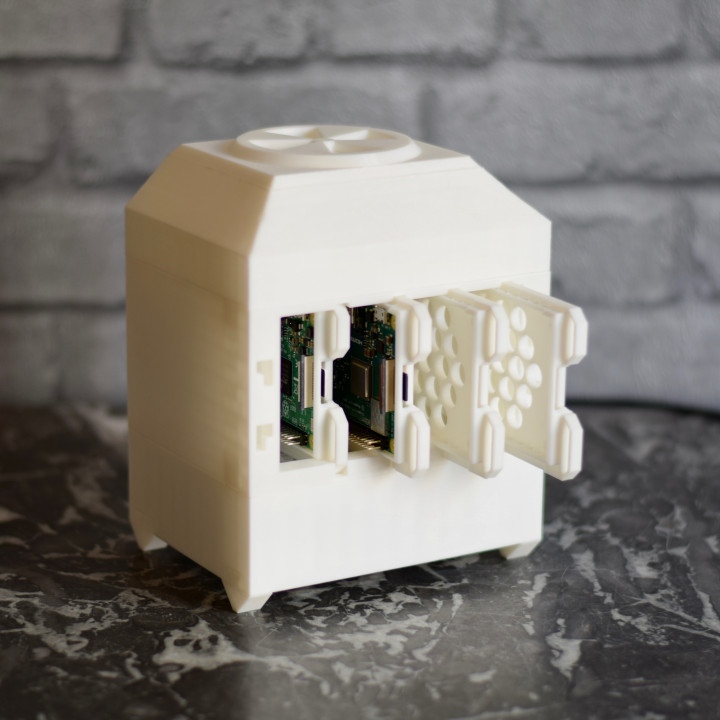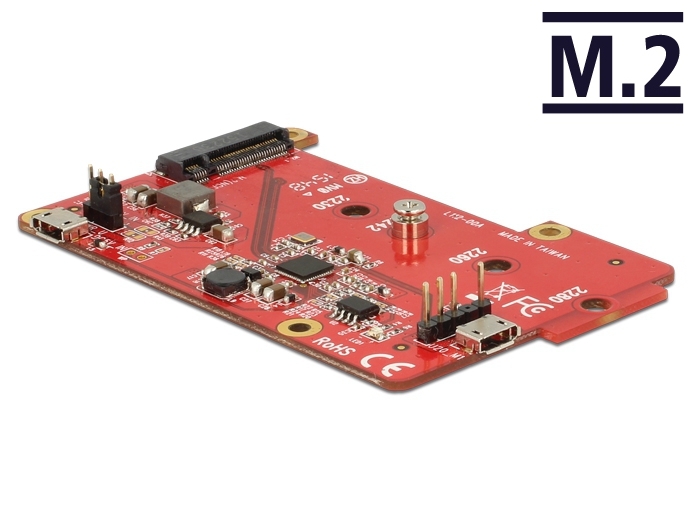Raspberry Pi Slots
Raspberry Pi enthusiasts interested in learning more about using the new Raspberry Pi Compute module with external graphics cards may be interested in a new video created by Raspberry Pi aficionado Jeff Geerling, who explains a little more about his experimentation below. A couple of graphics cards used in the project include the Zotac Nvidia GeForce GT 710 and VisionTek AMD Radeon 5450.
“After I learned the Raspberry Pi Compute Module 4 IO Board comes with a PCIe slot, I know the first thing I thought about testing was a graphics card. The Mali GPU inside the Pi 4 is decent on its own, but what if you could use external video cards, for mining, for rendering, or for CUDA or other GPU-accelerated computing purposes?”
- Raspberry Pi SDIO Pins. In Raspberry Pi 4 there is a slot for SD card but GPIO Pins also support the SD card compatibility. SDIO pins on the device can be used for SD card in case of requirement: SD0CLK/SD1 CLK – GPIO22 – Pin15; SD0 CMD/SD1 CMD – GPIO23 – Pin16.
- This Slot Machine is created with Java. The program run on Raspberry Pi overclocked at 1GHz with 512MB RAM. The cabinet is made in plywood. All buttons, rela.
- The Raspberry Pi Compute Module 4 eschews a built-in USB 3.0 controller and exposes a 1x PCI Express lane. The slightly older Raspberry Pi 4 model B could be hacked to get access to the PCIe lane (sacrificing the VL805 USB 3.0 controller chip in the process), but it was a bit of a delicate operation and only a few daring souls tried it.
“After I learned the Raspberry Pi Compute Module 4 IO Board comes with a PCIe slot, I know the first thing I thought about testing was a graphics card. The Raspberry Pi case features a slot for a fan with a cover that can be used to hold a filter in place. Magnets hold down the cover, so it's easy to remove. Cooling is a must if you're using a.


Specifications of the new Raspberry Pi Compute Module 4
– 1.5GHz quad-core 64-bit ARM Cortex-A72 CPU
– VideoCore VI graphics, supporting OpenGL ES 3.x
– 4Kp60 hardware decode of H.265 (HEVC) video
– 1080p60 hardware decode, and 1080p30 hardware encode of H.264 (AVC) video
– Dual HDMI interfaces, at resolutions up to 4K
– Single-lane PCI Express 2.0 interface
– Dual MIPI DSI display, and dual MIPI CSI-2 camera interfaces
– 1GB, 2GB, 4GB or 8GB LPDDR4-3200 SDRAM
– Optional 8GB, 16GB or 32GB eMMC Flash storage
– Optional 2.4GHz and 5GHz IEEE 802.11b/g/n/ac wireless LAN and Bluetooth 5.0
– Gigabit Ethernet PHY with IEEE 1588 support
– 28 GPIO pins, with up to 6 × UART, 6 × I2C and 5 × SPI
Source : Hackaday
 Filed Under: Hardware, Top News
Filed Under: Hardware, Top NewsLatest Geeky Gadgets Deals
Disclosure: Some of our articles include affiliate links. If you buy something through one of these links, Geeky Gadgets may earn an affiliate commission. Learn more.
Recently, Tomasz Mloduchowski posted a popular article on his blog detailing the steps he undertook to get access to the hidden PCIe interface of Raspberry Pi 4: the first Raspberry Pi to include PCIe in its design. After seeing his post, and realizing I was meaning to go buy a Raspberry Pi 4, it just seemed natural to try and replicate his results in the hope of taking it a bit further. I am known for Raspberry Pi Butchery, after all.
Raspberry Pi Slot Machine Program
Before I tried desoldering anything, I set up my Pi for remote use; enabling SSH, WiFi, serial UART+ boot messages. The USB ports on the Pi board will not function after this modification, so this is super important.
As Tomasz lays out in his article, we need to remove the VL805 USB3 chip in order to access the PCIe interface. I used a hot air soldering station at low volume and medium-high temperature, with small nozzle head in order to not disturb the components nearby. I used flux along the edges and after a while the chip came away.
I tried to remove the solder from the large pad by mixing some low-temperature solder paste into whats there, but it’s not needed. Just cover it with capton or poor electrical tape. I used electrical tape just to make seeing the small wires I’d be soldering above it easier to see.
The VL805 datasheet is confidential which makes posting parts of it here tricky. However, an image search for “VL805-Q6 QFN68” may yield interesting results for those interested in finding out more. The pins we are interested in, are as follows (note differing polarity from Tomasz’s work):
I used 0.1mm enameled wire, with each differential pair cut to nearly the same length. Tinning the end of the wire by scraping with a knife and dipping in a molten solder ball makes soldering to the pads we need easier. Holding the wires down with kapton tape, and using flux, with the smallest iron tip I had made the job just bearable under a microscope.
The rather untidy looking result:
I was using a cheap PCIe riser as my “first interface” which was then to be connected to a PCIe switch card, which would then enable another 4 PCie slots. This first socket, as Tomasz mentioned in his article, needs the PCIe Reset pin pulled to 3v3, and both Reset and Wake signal traces to the USB socket cut. Note that whilst we now know where the PCIE Reset line is on the Pi, I have not needed to connect this as yet.
The first attempt to boot with this setup resulted in the Pi not managing to boot at all. After some wiggling of the PCIe slot, the raspberry Pi booted, but no devices were shown when running lspci (lspci can be installed via apt-get). The third attempt, however, after some professionalwiggling of the PCIe slot, resulted in success! A booted Pi, with a PCIe switch!
However, no devices were detected beyond the ASM1184e switch. Even a USB3 PCIe card using the same VL805 chip that I removed refused to detect. Running dmesg on the pi to get some driver details, I saw that whilst the PCIe link was active, and some busses were being assigned to the switch – it said that devices behind the bridge would not be usable due to bus IDs.
The great thing about linux is that the source code is just there to dig into, and after finding where that “devices behind bridge are unusable” warning is printed I further discovered that the range of assignable busses can be limited by the Device Tree linux uses.
Device trees are simply a description of the hardware which is passed to the Linux kernel on boot. It has all the devices listed; their driver compatabilities, memory mappings, and configuration. It is particularly useful for describing peripherals which may not be discoverable via conventional means. On the root directory of your Raspbian Raspberry Pi boot SD volume, you will find bcm2711-rpi-4-b.dtb – which is the Compiled Device Tree binary. This binary blob is not user readable, but thankfully we can use the Device Tree Compiler to decompile it into a readable form. I did all of this within Windows Subsystem for Linux.
That command will decompile into bcm2711-rpi-4-b_edit.dts. Searching this file for “pci” we find an entry for the PCIe – and it has a definition for bus-range which limits the bus IDs from 0 to 1. I change the entry from “<0x0 0x1>” to “<0x0 0xff>” and recompile to the binary form, and place that on the Raspbian SD card overwriting the default.
Command to recompile:
4 More PCIe busses!
And then I plugged some VL805-based USB3 cards in (one with a chained Network Interface). The setup looks as follows:
I have my Motorola LapDock USB hub connected to the Pi via the PCIe USB controller. The keyboard and trackpad work great!
I have a SATA controller based on a JMicron JMB363, which is detected correctly but there is no driver to load. This will require some linux driver/kernel fiddling to get a driver loaded correctly – but it’s very promising!

I also have tried some other fairly hilarious setups, including the following with a Radeon HD 7990 GPU, and another with a GTX 1060.
I’ll leave this here for now, whilst I read up on the Linux driver stack and how to build kernels for the raspberry pi 🙂
Thanks for reading! You can find me, as always, over on twitter @domipheus. Additionally, thanks to Tomasz Mloduchowski for his previous blogs which spurred my interest! I don’t fully understand why Tomasz had kernel panics using a VL805 board, but maybe it’s something to do with the Device Tree, and the fact I also had a PCIe switch.

Raspberry Pi Slot Car Lap Timer
Updates: